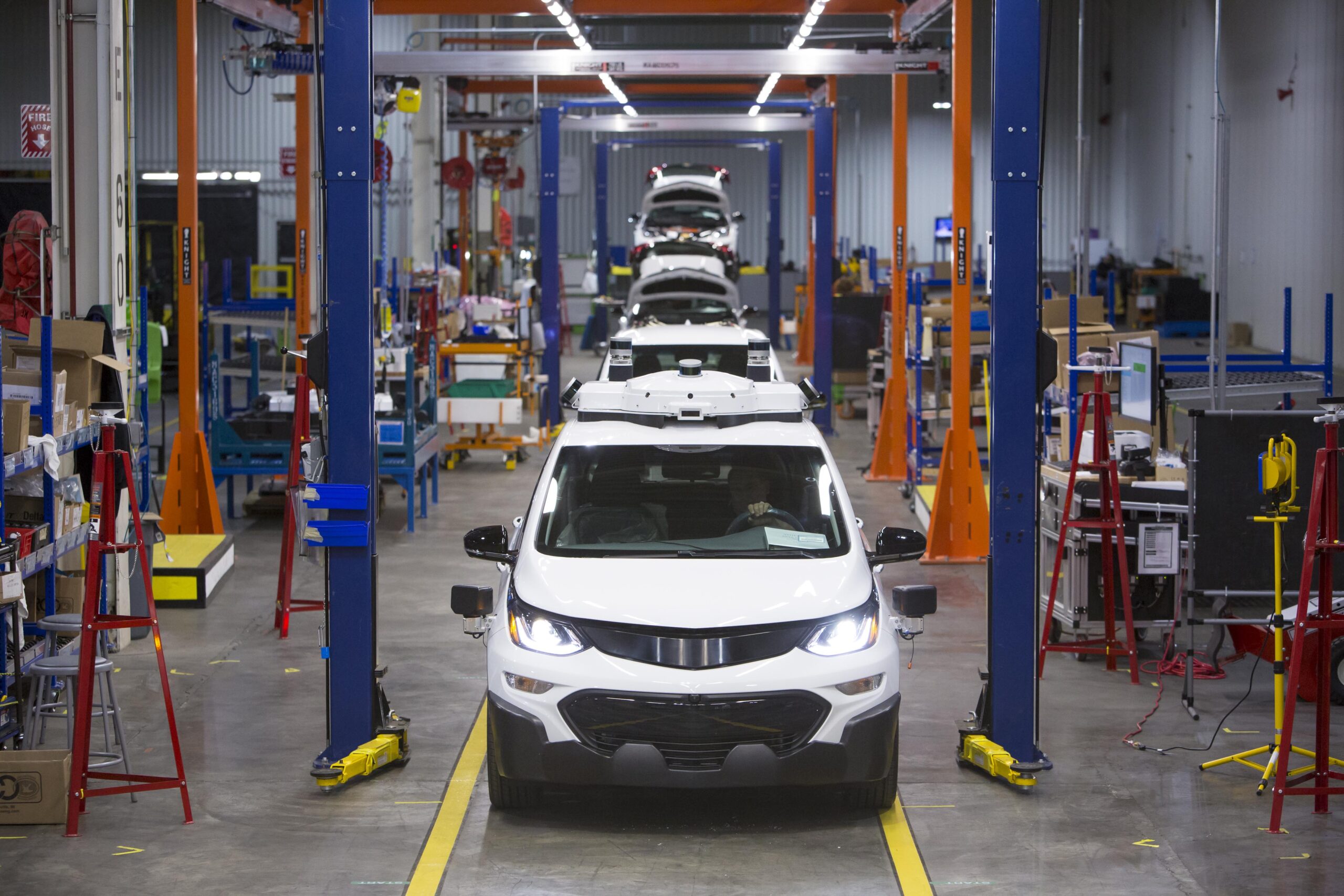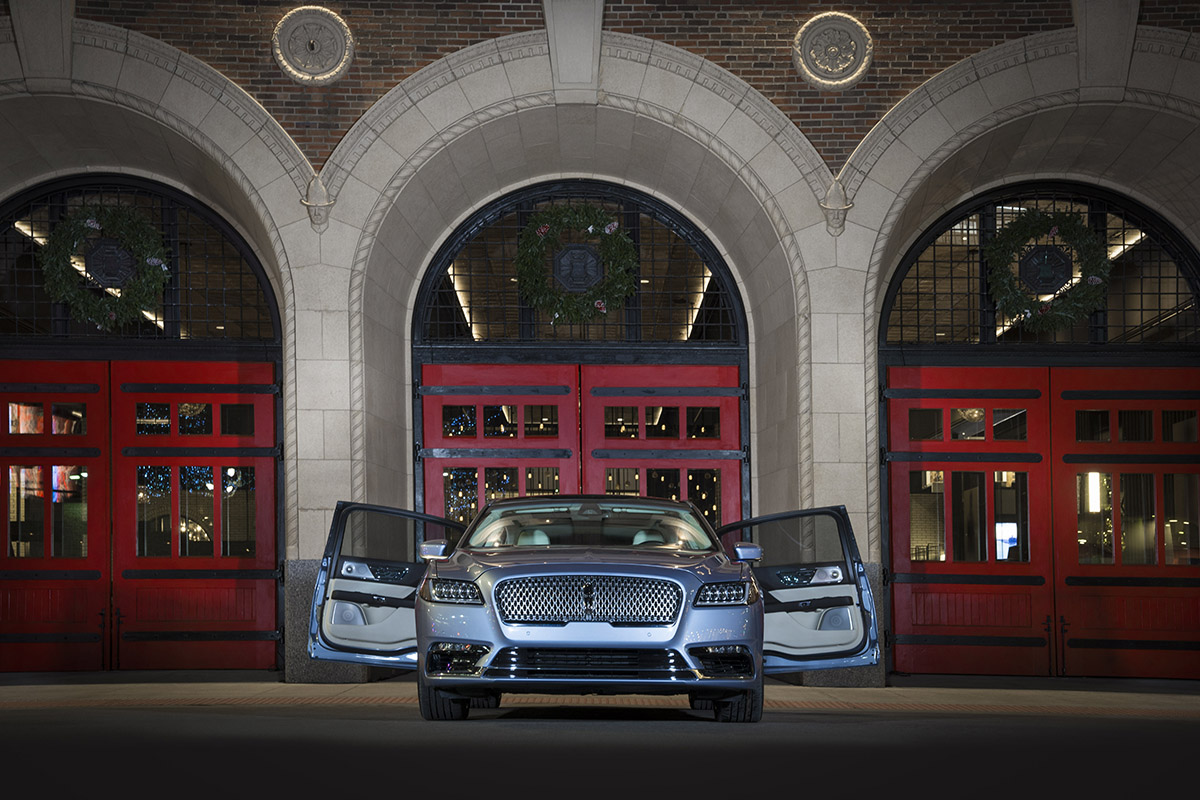How the Chevy Bolt's advanced battery has changed the EV game
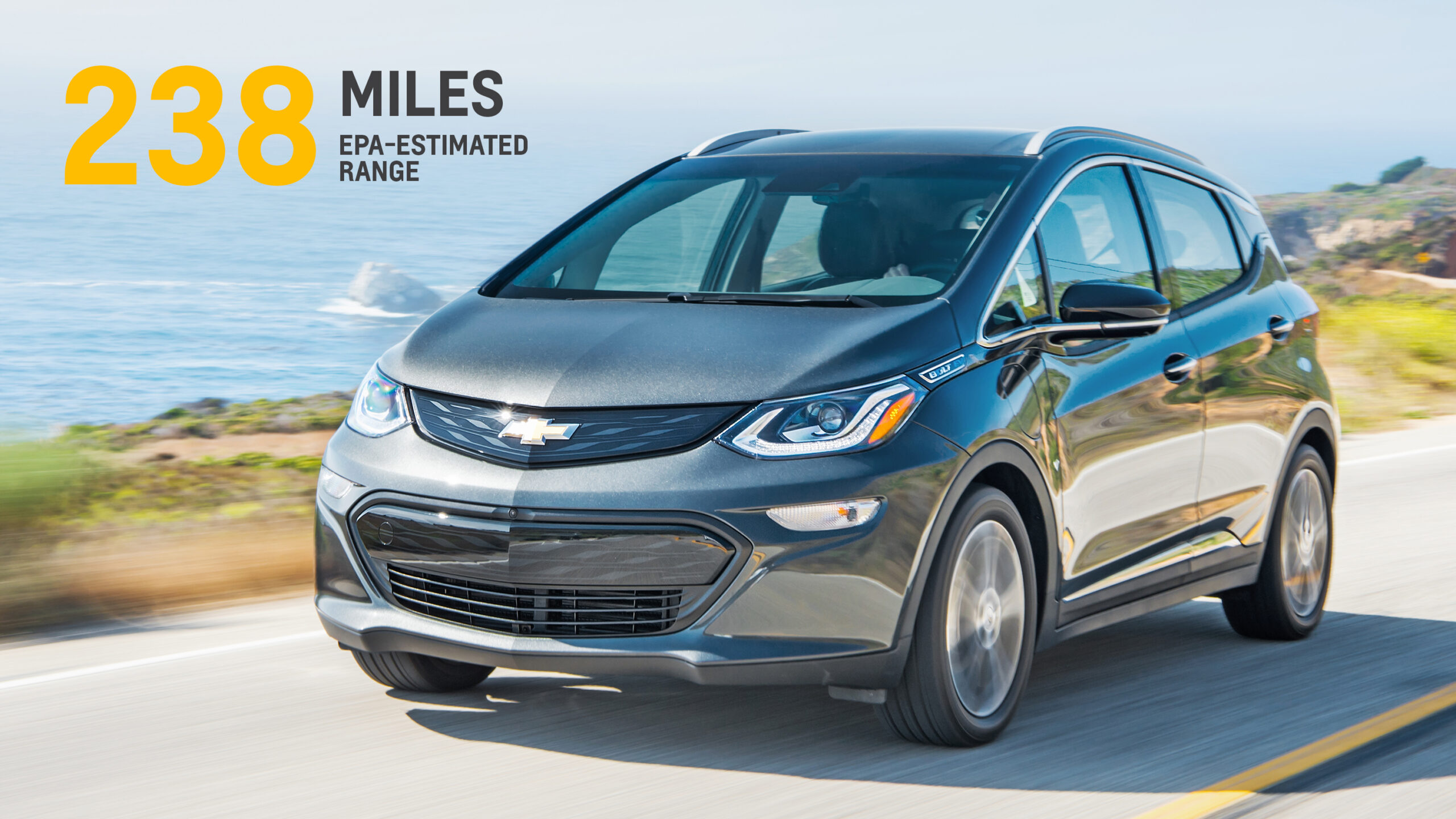
Chevrolet made huge headlines this week, justifiably so; they’ll be selling the first affordable electric vehicle with more than 200 miles of range by the end of this year.
The Bolt has an official EPA-estimated range of 238 miles. This compares to 208 for the Tesla Model S — which starts at $66,000 and when fully-loaded can cost well over $100,000 — and an estimated 215 for the Model 3 which Tesla says will begin being delivered late in 2017.
On average, we only drive around 50 miles a day. Any of these cars (or a number of others currently on the market) could cover your tinkering around town without a problem. But if you can only afford one primary car, you’re going to buy one that covers all your needs, from errands to weekend drives.
There’s an obvious gap in the market here, and Chevrolet hurried to fill it. The Bolt not only has great range, but it’s genuinely an affordable car; after a federal tax credit, the Bolt could wind up costing less than $30,000.
“Chevrolet showed the world the production version Bolt EV earlier this year and in a few short months we’ve moved from that vision to a reality,” said GM North America President Alan Batey in a press release. “The Bolt EV is a game changer for the electric car segment.”
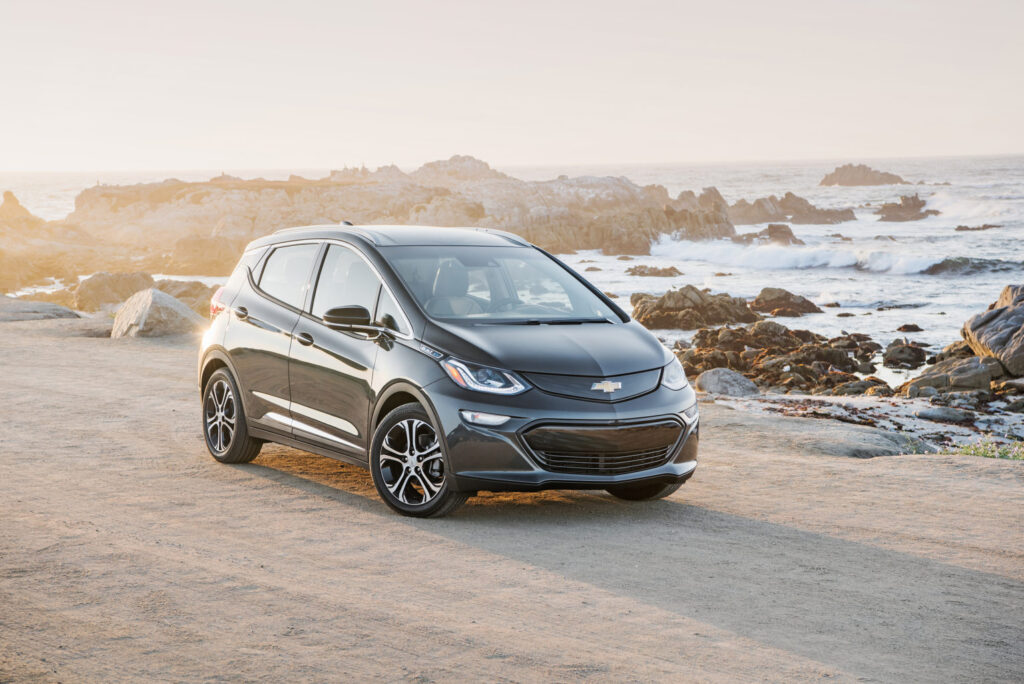
Elizabeth Winter, assistant manager for Global Advanced Technology Communications at General Motors told us there is no one reason for the Bolt’s record-breaking range.
Advanced battery cell chemistry combines with more accurate controls, allowing the Bolt to get as much juice out of the battery as possible.
And they don’t want you draining that power on anything other than driving. They’ve taken what they’ve learned from the Spark EV and the Volt and applied heating and cooling strategies that use as little power as possible. And that’s a good thing, because you shouldn’t have to decide between stopping for an hour to charge up or showing up sweaty and in your underwear.
The car around that battery was specifically designed to function as an EV. They’ve reduced material use and made use of high performance materials like aluminum closures and high strength steel.
In short, this car was designed from the battery up to be one of the best EVs we’ve seen — from a technical standpoint, sure, but also to be a car you’ll want to drive.
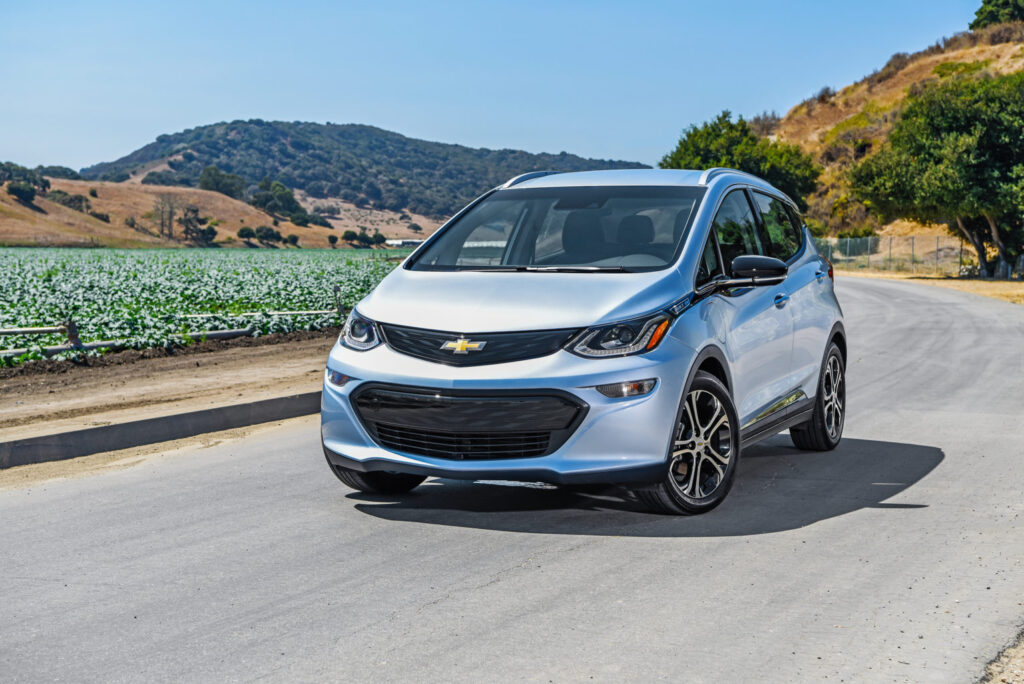
“Our team began work on the Bolt EV aiming to surpass the 200-mile mark, but it wasn’t the only consideration,” said Winters. “To succeed, the Bolt EV also had to be a great car from a space, comfort and driving standpoint too.”
Which makes sense, because while a few people will buy an EV just to drive in a cloud of their own smug, most will want to love the car, too.
One huge roadblock for getting EVs like the Bolt to fit into everyday life will be charging that super advanced battery we’ve heard so much about.
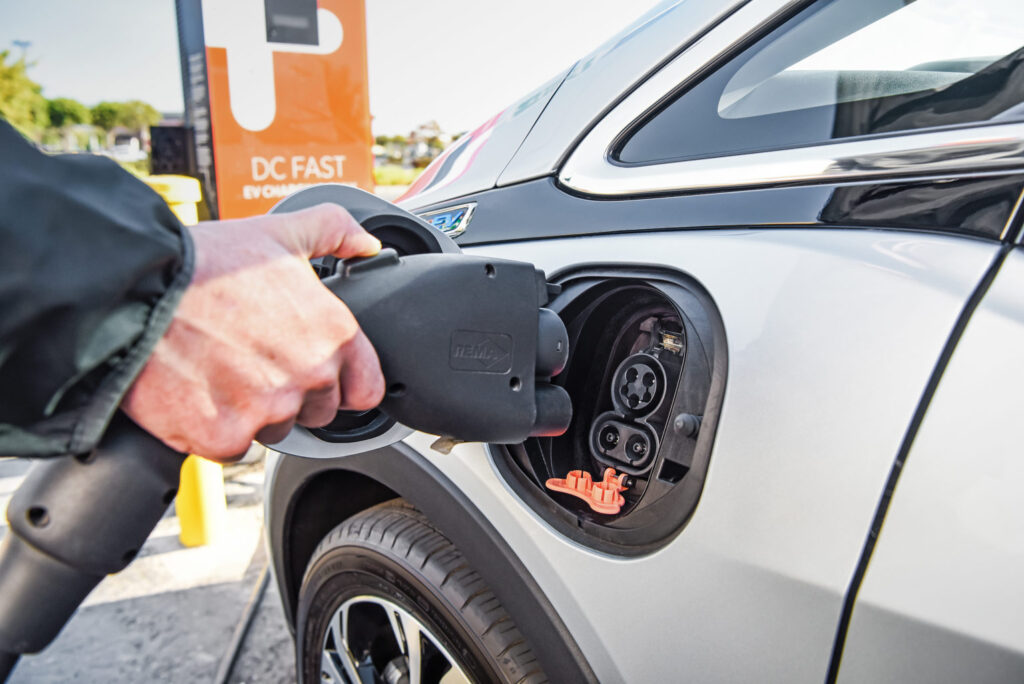
It’ll take around 9 hours to fully charge the battery using a 240v charging station. Using the optional DC Fast Charging system, you can expect around 90 miles of range after 30 minutes and a full recharge in under two hours.
Winters identified this as an area for future advancement, but said the Bolt fits into the system we currently have as well as anything.
She also pointed out that the standard onboard charger is designed to handle 7.2kW charging, while most current AC stations are 6.6kW or less. At least for the next few years, as chargers improve your Bolt will be able to improve with them.
And while Chevy is not developing its own charging network like Tesla, they have adopted the SAE charging standard, which means they can be recharged using any number of readily available charging stations.
“The adoption of this common standard allows Chevrolet vehicles and competitors alike to charge on the same infrastructure,” Winters said. “We believe this is a cornerstone of EV proliferation. If every manufacturer required unique charging infrastructure it would significantly slow adoption.”
This attitude is a big part of the overall story here. While Chevrolet and General Motors obviously want the Bolt to be the car that saves the world, they are still dedicated to getting lots of EVs on the road quickly.
But it sure doesn’t hurt to be first to market, does it, guys?

